We've got quite a few candy canes left over from Christmas so devised a little experiment to see how strong they are. Like many of our activities this is a great activity for starting to think about experimental design and setting up a fair test. We discussed which variables to keep constant and how to make our investigation fair!
How strong is a candy cane - test
You'll need
Candy canes
Materials to strengthen your candy canes, such as plaster, bandage, sellotape
Decorations of different weights.
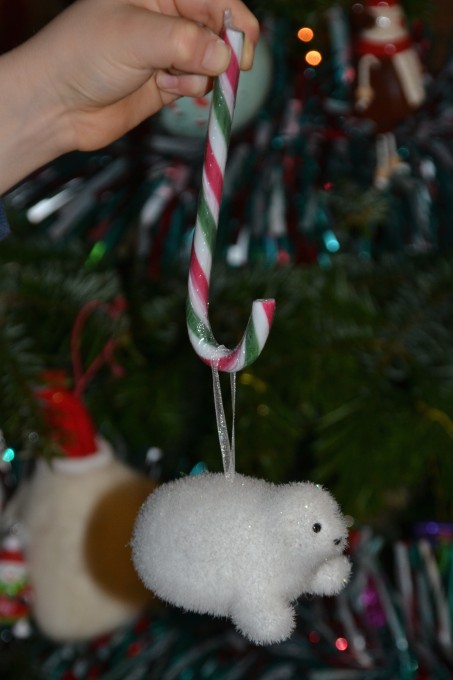
How to test a candy cane
Choose several Christmas decorations of different weights, hang each onto the end of a candy cane for a fixed amount of time. We tried each for 30 seconds.
Try to find a decoration heavy enough to break the candy cane. Once you've done this, attempt to strengthen a new candy cane with different materials. Can you find anything strong enough to hold the heaviest decoration?
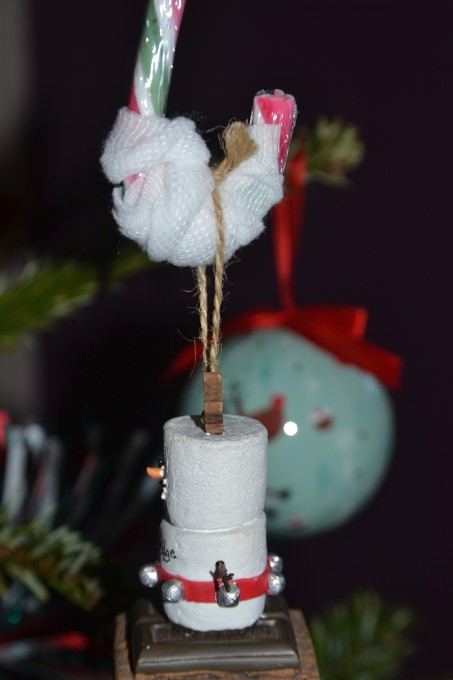
How to set up the investigation
Things to keep constant
Length of wrapping used to add strength
Time with decoration hanging
Place on candy cane held
Decorations for each candy cane
Variable
Weight of decoration
Can you think of anything we've missed?
More Christmas Science for Kids
We've got lots more ideas for using up candy canes and plenty more Christmas science experiment ideas as well.
These crystal candy canes from Go Science Kids look fantastic too!
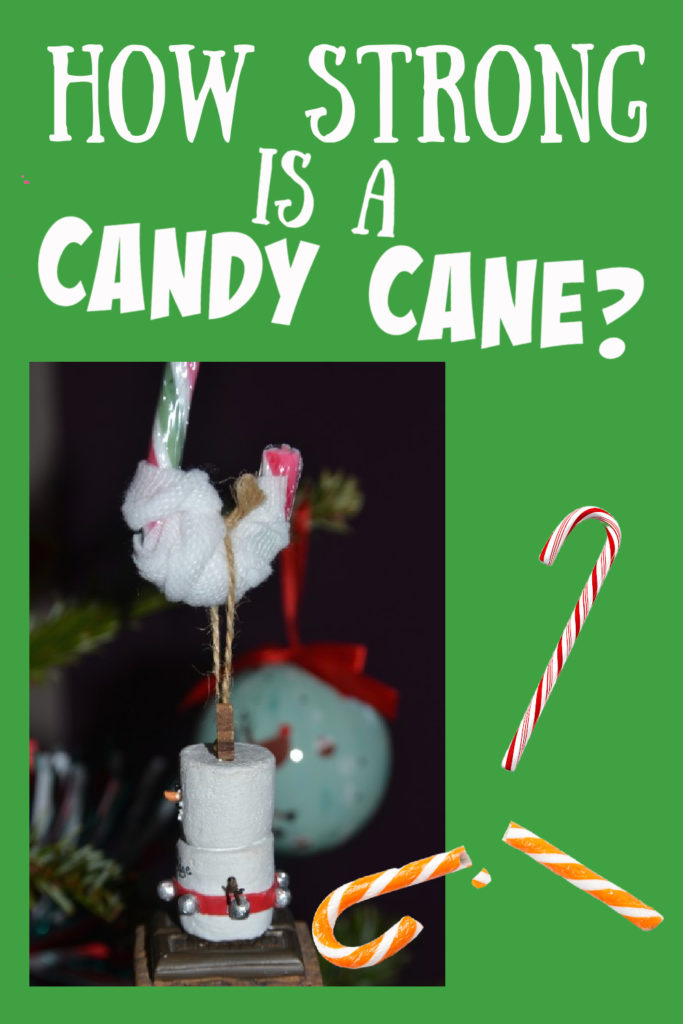
It you're looking for a great science gift, I'd love you to take a look at my science books!
Affiliate links
Last Updated on November 20, 2021 by Emma Vanstone
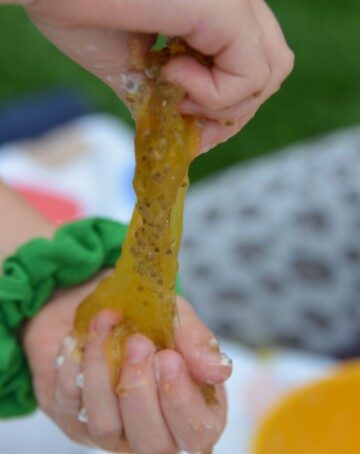
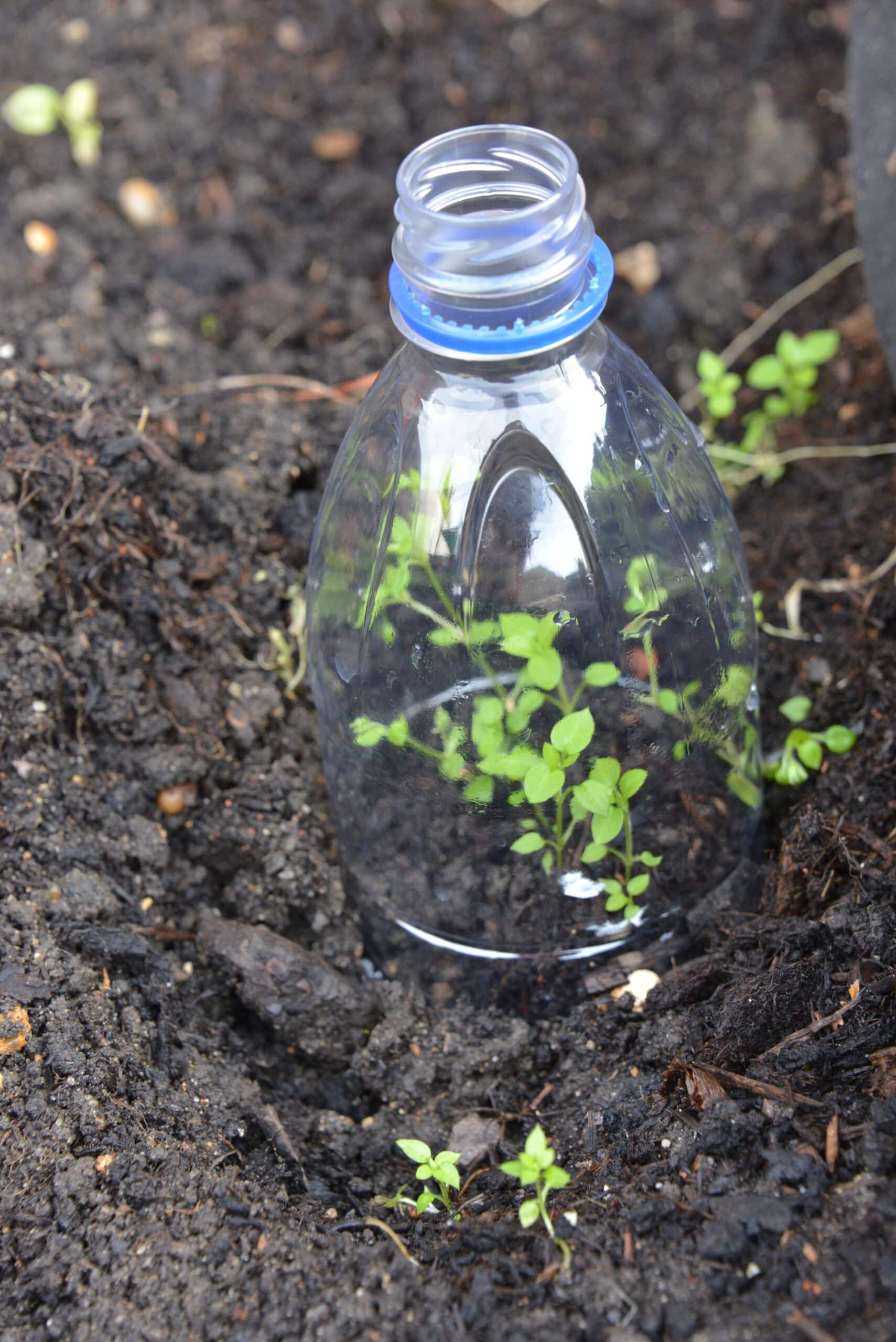


Kaylan says
Wow, this is in every reecpst what I needed to know.